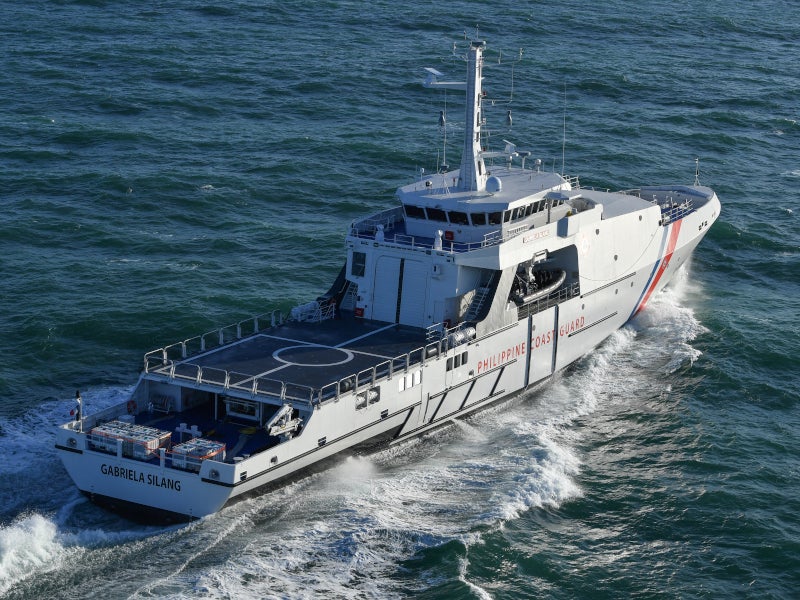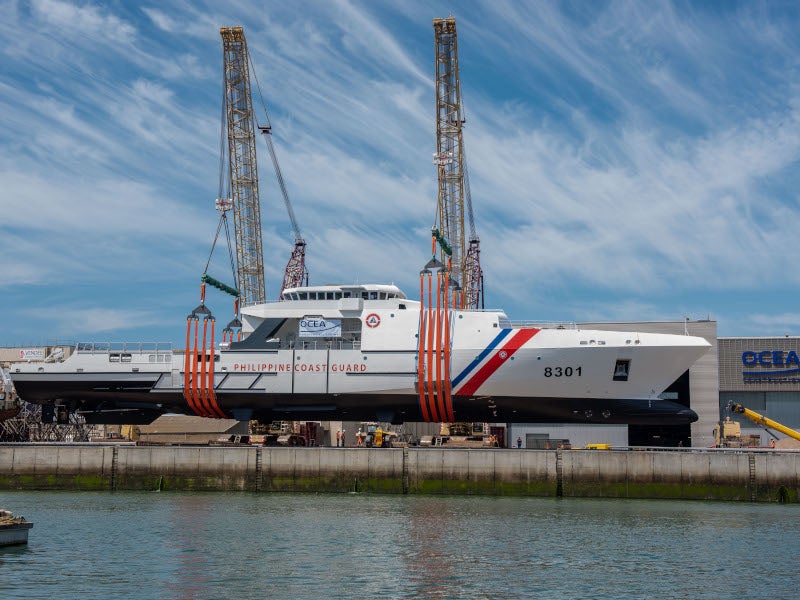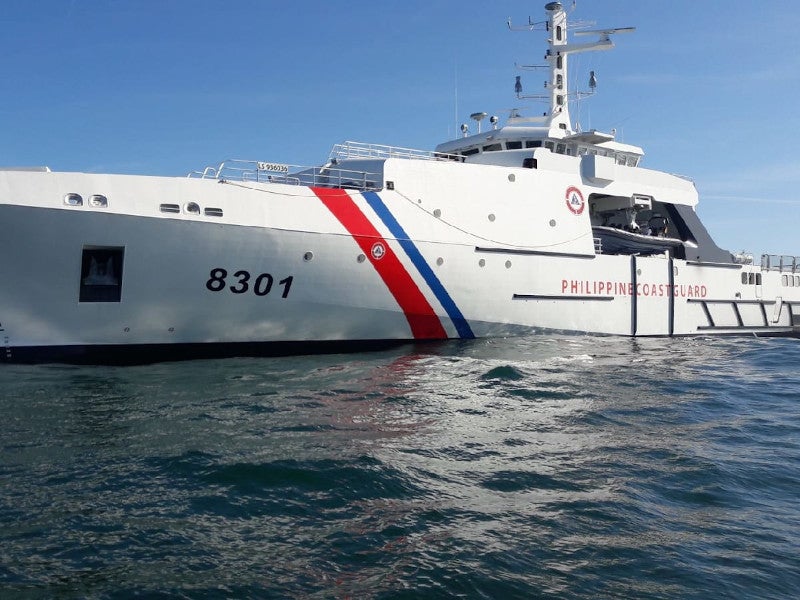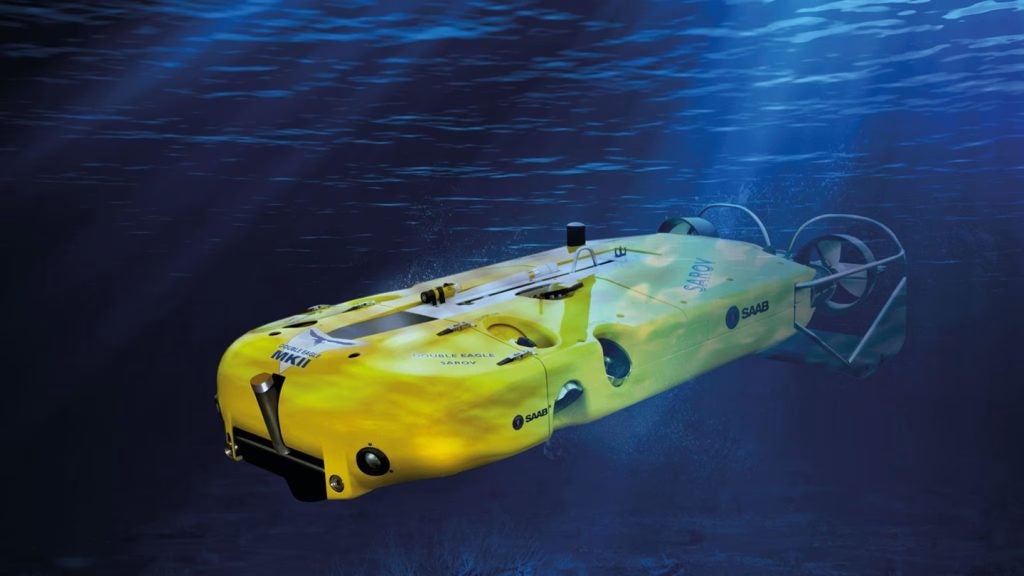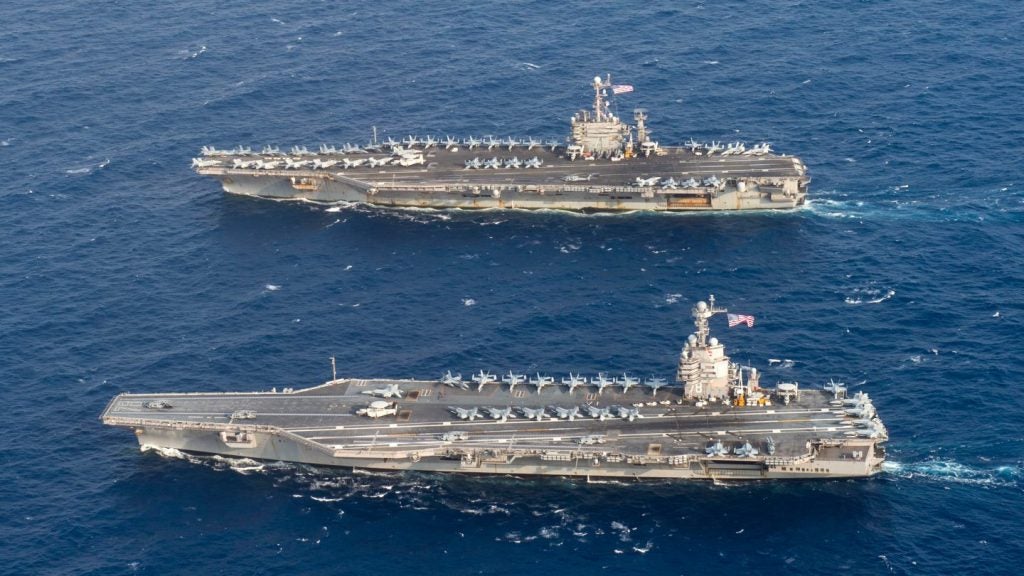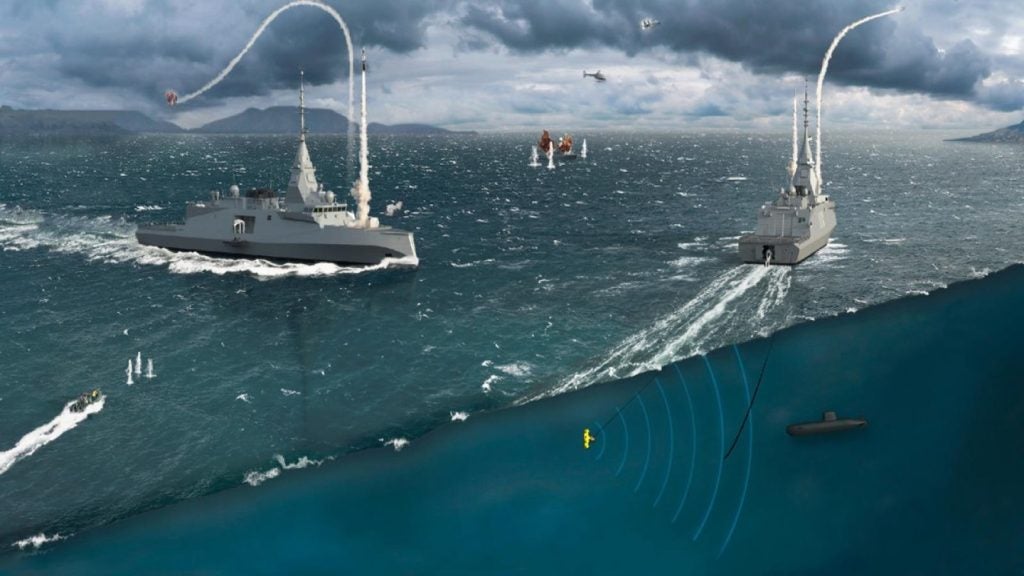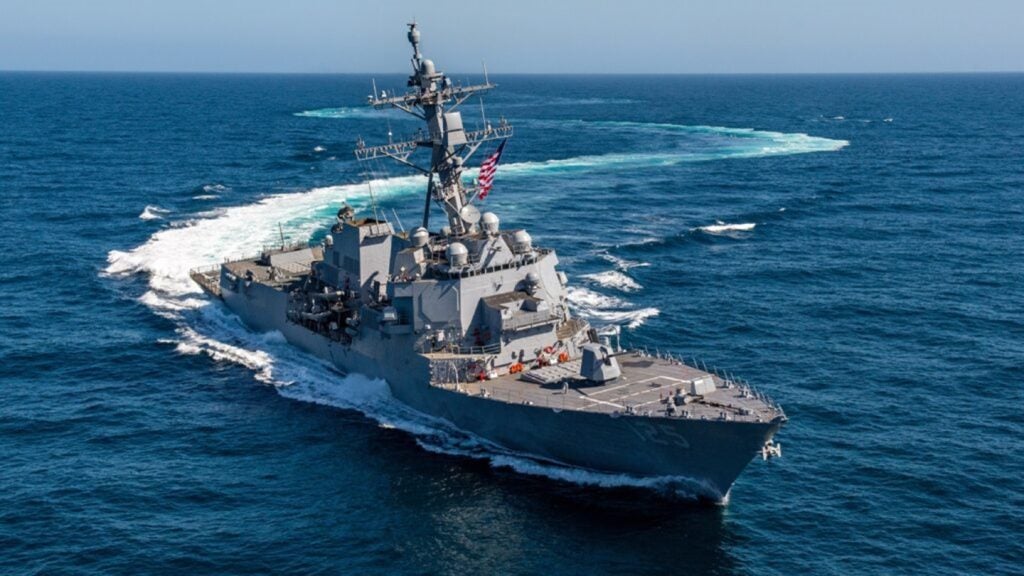The OPV 270 offshore patrol vessel was manufactured by French shipbuilding company OCEA. The boats are built in OCEA shipyard in Les Sables d’Olonne and are one of the largest aluminium OPVs in the world.
The versatile OPV 270 vessel is capable of performing multiple missions, including exclusive economic zone (EEZ) surveillance, smuggling and illegal immigration control, fight against piracy and trafficking, vessel control at sea, as well as search and rescue (SAR).
It can also be used in diving operations, natural resources and blue economy protection, and pollution control missions.
OPV 270 patrol boat development
OPV 270 patrol boat is the outcome of 30 years of experience and permanent innovation of OCEA in the field of aluminium design and shipbuilding.
The Philippines Coast Guard selected OCEA to deliver one OPV 270 offshore patrol vessel and four FPB 72 fast patrol boats in January 2018. The patrol boat was preferred by the Philippines Coast Guard and the Department of Transportation (DOTr) through an international competition.
The OCEA OPV 270 boat for the Philippines Coast Guard was developed with the support from French State and the banks, including BNP Paribas and Crédit Agricole-LCL.
The patrol boat was launched at OCEA’s site in Les Sables d’Olonne in July 2019. OCEA conducted preliminary sea trials of OPV 270 in October 2019. The boat demonstrated high performance and fuel efficiency while reducing CO₂ emissions. The noise levels were cut down to 45dB in the wheelhouse and 70dB on the aft deck at full speed.
The sea trials also helped to determine its sea-keeping ability, manoeuvrability and comfort onboard, which is an important factor for the 66 crew members and personnel during longer missions.
The Philippines Coast Guard received the delivery of OCEA OPV 270 boat during a ceremony held in Saint-Nazaire, France, in December 2019.
Christened as BRP Gabriela Silang, the patrol boat arrived in Manila in April 2020. The patrol vessel embarked on its first operation to rescue Filipino nationals in the Mediterranean Sea.
OPV 270 design and features
The 84m-long patrol vessel features an aluminium hull and offers superior comfort and safety to the crew. It has the maximum capacity to accommodate 40 crew members, 26 passengers and VIPs, as well as 35 survivors.
The LYNCEA mission management system of the vessel integrates surveillance, detection and communication capabilities to offer enhanced situational awareness.
The system gathers information from onboard sensors, including radar, optronic devices, sonar and electronic warfare system to detect and track targets.
OPV 270 features a flight deck that can accommodate a 5t class helicopter and two telescopic cranes for supporting the launch and recovery of two 9.2m rigid-hull inflatable boats (RHIBs).
The vessel also integrates active and passive stabilisation systems and can carry out missions for up to 35 days. It has the capacity to accommodate castaways, offenders, wounded personnel, divers and special forces.
Propulsion and performance of OPV 270 patrol vessel
The patrol boat is powered by two MTU 16V 4000 M73 diesel engines and two Leroy-Somer electric motors. The diesel-electric propulsion system improves fuel consumption while reducing CO₂ emissions and maintenance costs.
The propulsion system enables the vessel to cruise at a maximum speed of 30k and achieve a maximum range of 8,000nm at 12k speed. The vessel endurance is up to five weeks.
Contractors involved
Teignbridge is responsible for providing a propulsion system for the OPV 270 offshore patrol vessel. It also designed and supplied the shaft line for the boat.

